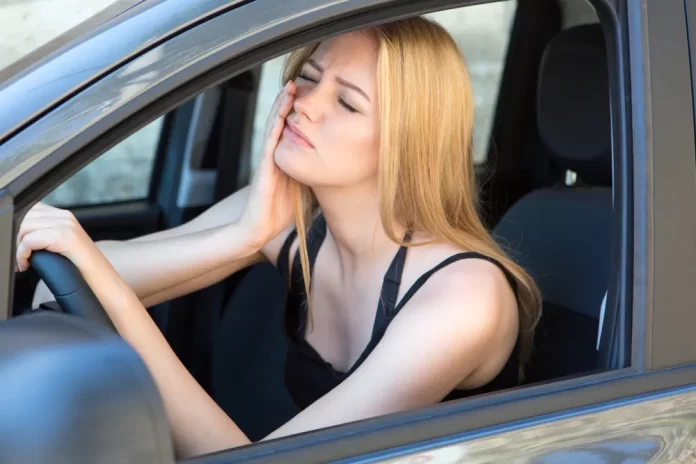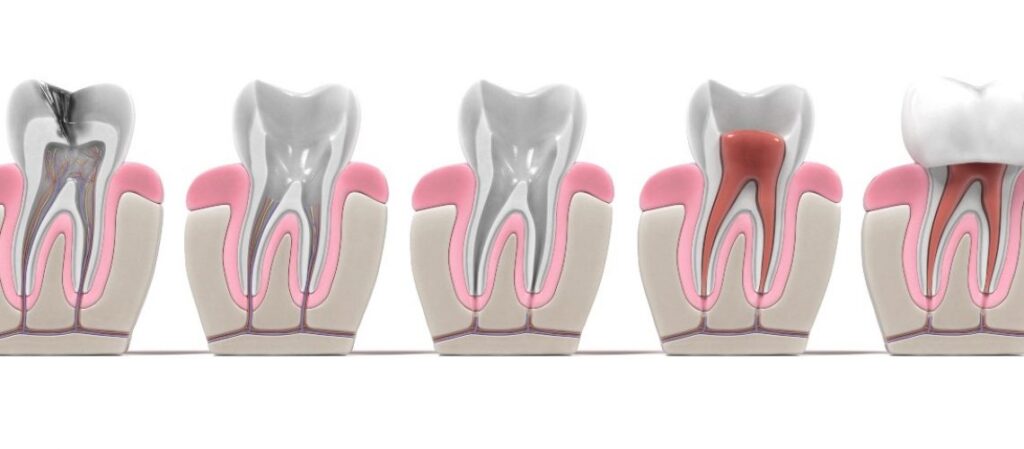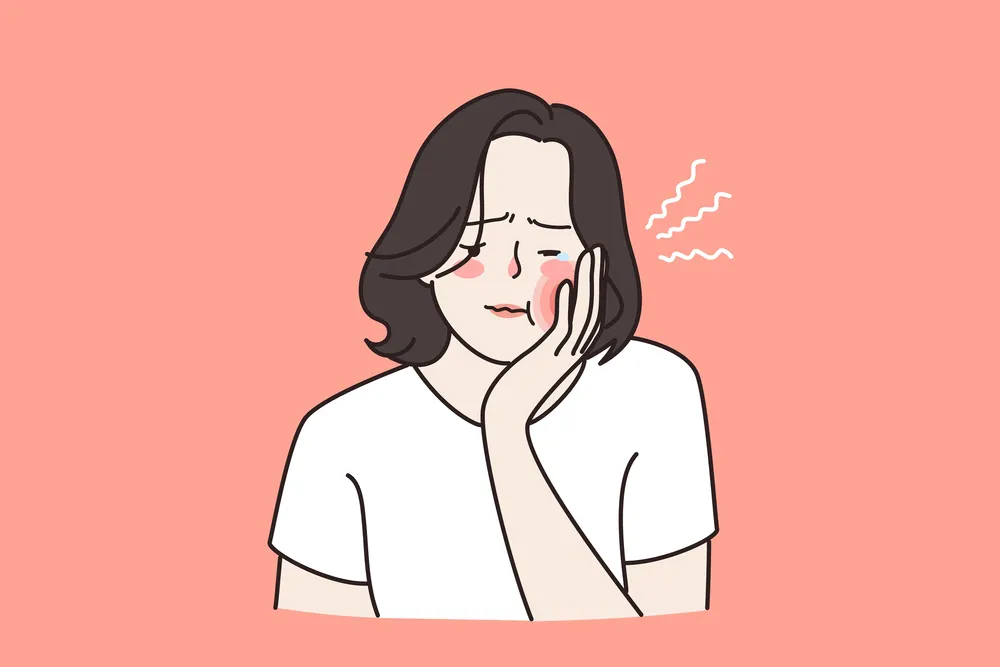
Did you know that getting a root canal doesn’t necessarily mean you have to give up your driving privileges? While some people may experience mild discomfort or pain after the procedure, getting behind the wheel is usually safe after a root canal.
You may even be able to enjoy the ride more, knowing that your tooth is on its way to recovery! Of course, following your dentist’s post-operative instructions and taking any pain medication as directed is essential. But can you drive after a root canal?
Yes, rest assured that a root canal won’t slow you down in most cases – you’ll be back on the road to good oral health in no time!
If you experience significant pain or discomfort after your root canal, it’s best to wait until you feel better before driving.
Can you drive after a root canal
A root canal is a dental procedure that removes the infected or inflamed pulp from the inside of a tooth. The pulp is the soft tissue that contains blood vessels, nerves, and connective tissue.
Decaying, trauma, or infection can cause severe pain and sensitivity when the pulp becomes damaged. A root canal can save the tooth and relieve the symptoms.
But can you drive after a root canal? The answer depends on several factors, such as the type of anesthesia used, the level of pain or discomfort you experience, and any medications you take.

What to Expect After a Root Canal
A root canal is usually performed under local anesthesia, meaning only the area around the tooth is numbed. This allows you to stay awake and alert during the procedure. You will not feel any pain, but you may feel some pressure or vibration as the dentist drills and cleans the tooth.
Feeling Sore and Numb
After the procedure, your mouth will remain numb for a few hours. You may also experience soreness, swelling, or sensitivity in the treated tooth and the surrounding gums.
These are normal reactions and should subside within a few days. You can take over-the-counter pain relievers such as ibuprofen or acetaminophen to ease the discomfort.
Avoid taking food
You should avoid eating or drinking anything until the numbness wears off. This will prevent you from biting your tongue or cheek. You should also avoid chewing on the treated tooth until it is fully restored with a permanent filling or crown.
You can eat soft foods and drink plenty of fluids, but avoid anything too hot, cold, or spicy.
Maintain oral hygiene
You should also maintain good oral hygiene by brushing and flossing gently around the treated tooth. It would be best to avoid mouthwash or rinse vigorously for 24 hours after the procedure. This will help prevent infection and promote healing.
You should follow your dentist’s instructions regarding your aftercare and recovery. You should also contact your dentist if you experience any of the following:
- Severe pain or swelling that does not improve with medication
- Bleeding from the treated tooth or gums
- Fever or signs of infection
- Allergic reaction to any medication or anesthesia
- Loose or broken filling or crown
When Is It Safe to Drive After a Root Canal?

Driving after a root canal is usually safe as long as you feel comfortable and alert. The local anesthesia used for the procedure does not affect your driving ability. However, moving after a root canal may not be advisable in some situations.
You should not drive after a root canal if:
Sedation or general anesthesia
You have received sedation or general anesthesia for the procedure. Some people may have anxiety or fear about getting a root canal and may opt for sedation or general anesthesia to help them relax. Sedation can range from mild to moderate to deep, depending on the anxiety level and the procedure’s complexity.
General anesthesia involves putting you to sleep completely. Both sedation and general anesthesia can impair judgment, coordination, and reaction time for several hours after the procedure. You will need someone to drive you home and stay with you until you recover fully.
Narcotic painkillers
You have taken narcotic painkillers for pain relief. If your pain is severe or does not respond to over-the-counter medications, your dentist may prescribe narcotic analgesics such as codeine or oxycodone.
These medications can cause drowsiness, dizziness, nausea, and confusion, making driving unsafe. You should avoid driving while taking these medications and follow the dosage instructions carefully.
Pain or discomfort
You have severe pain or discomfort that distracts you from driving safely. Even if you have not received sedation or taken narcotics, you may still experience pain or discomfort after a root canal that affects your ability to drive safely.
If you have trouble concentrating on the road, have difficulty seeing clearly due to swelling or sensitivity to light, or feel nauseous or unwell, you should not drive until you feel better.

FAQs
Conclusion
A root canal is a dental procedure that can save a tooth and relieve pain caused by an infected or inflamed pulp. While there is no specific rule prohibiting driving after a root canal, for safety and comfort reasons, driving within 12-24 hours of your procedure is generally not advisable.
There are some situations where driving after a root canal may not be advisable, such as if you have received sedation or general anesthesia, taken narcotic painkillers, or experienced severe pain or discomfort.

